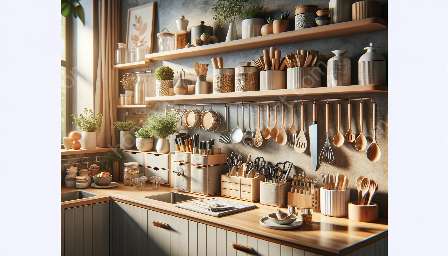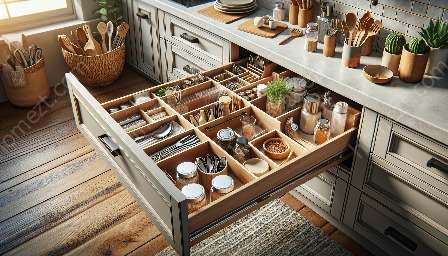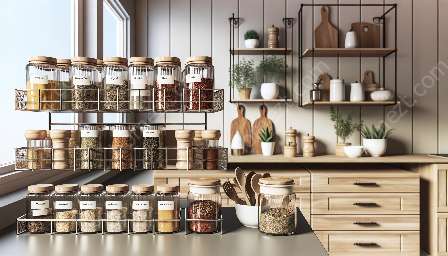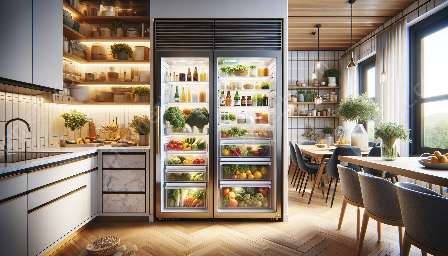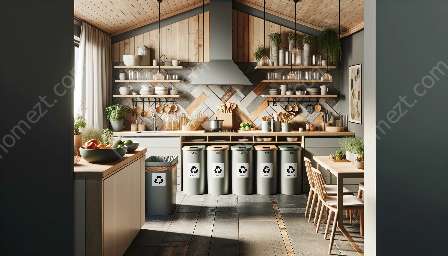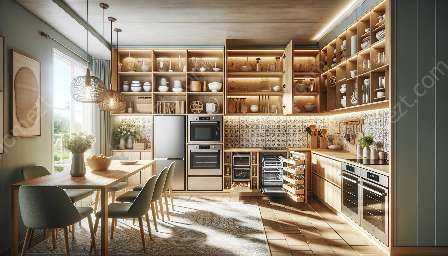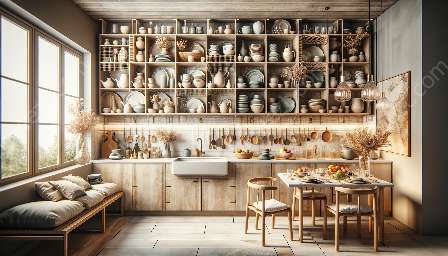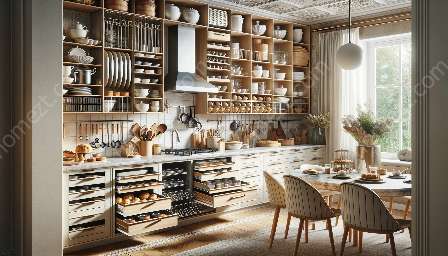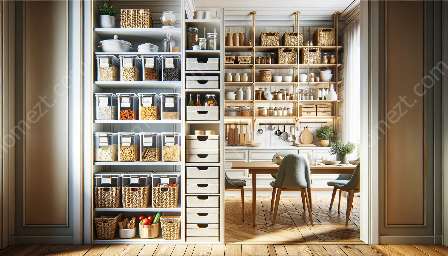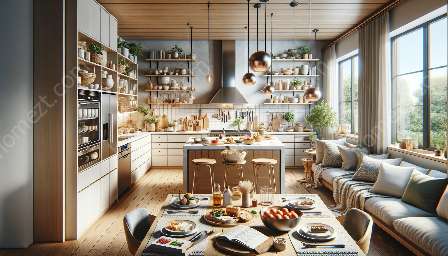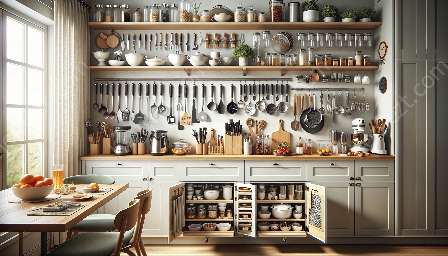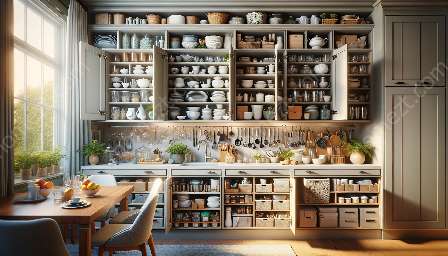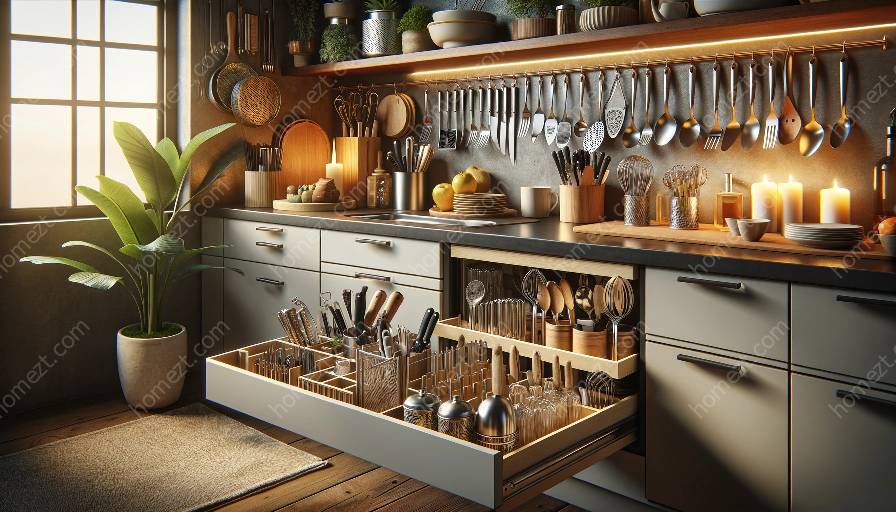In the world of kitchen and dining decor, utensil organization is an art form. It is the practice of arranging and optimizing your kitchen space to declutter and keep your utensils easily accessible. A well-organized kitchen not only looks aesthetically pleasing but also enhances productivity and efficiency in meal preparation. In this comprehensive guide, we will delve into the principles of utensil organization, explore practical tips, and innovative ideas to create a functional and visually appealing space in your kitchen and dining area.
The Importance of Utensil Organization
Utensil organization plays a vital role in maintaining a well-functioning kitchen. It not only aids in keeping the kitchen clutter-free but also contributes to a smooth and efficient cooking experience. With a well-organized utensil setup, you can easily reach for the tools you need, saving time and effort during meal preparation. Additionally, a visually pleasing arrangement of utensils can elevate the overall ambiance of your kitchen, making it an inviting space for cooking and dining.
Principles of Utensil Organization
Before diving into specific organization strategies, it's important to understand the key principles that guide effective utensil organization. These principles include:
- Functionality: The arrangement of utensils should prioritize functionality, ensuring that commonly used items are easily accessible and efficiently stored.
- Space Optimization: Making the most of available space by utilizing strategic storage solutions to accommodate a variety of utensils without overcrowding the kitchen area.
- Aesthetic Appeal: Balancing functionality with visual appeal to create an organized and stylish display of utensils that complements the overall kitchen decor.
Organizing Utensils in Drawers
One of the most common storage areas for kitchen utensils is the drawers. To maximize drawer space and keep utensils organized, consider using dividers or drawer organizers. Categorize utensils based on their functionality and usage frequency, such as separating cooking utensils from serving utensils. Drawer dividers allow you to create designated sections for different types of utensils, making it easy to locate specific items when needed. Additionally, consider utilizing vertical space within drawers by incorporating stackable or expandable organizers to make efficient use of the available space.
Hanging Utensil Storage
Another popular method of utensil organization is utilizing hanging storage solutions. Installing a sturdy and stylish utensil rack or pegboard can free up valuable drawer and countertop space while adding a decorative element to your kitchen. Use hooks or S-hooks to hang commonly used utensils, such as spatulas, ladles, and whisks. This approach not only keeps the utensils within arm's reach but also adds a touch of visual interest to the kitchen walls. Additionally, consider incorporating magnetic strips for organizing metal utensils, providing a sleek and space-saving storage solution.
Utilizing Countertop Organizers
For frequently used utensils or those with unique shapes, countertop organizers can offer convenient accessibility while maintaining an organized kitchen space. Choose stylish containers or caddies to corral items like wooden spoons, rolling pins, and other cooking essentials. This approach adds a decorative touch to the countertop while keeping essential utensils within easy reach. Be mindful of creating designated spaces for different utensils to avoid clutter and maintain a visually pleasing arrangement.
Utilizing Wall-Mounted Storage
Wall-mounted storage solutions provide additional options for utensil organization, particularly in kitchens with limited drawer and cabinet space. Install floating shelves or wall-mounted racks to display and store utensils such as pots, pans, and decorative serving pieces. By utilizing vertical wall space, you can free up valuable countertop and cabinet space while creating an attractive and functional display of kitchen essentials.
Creative Display and Decorative Elements
Embracing creativity and incorporating decorative elements can elevate the visual appeal of utensil organization. Consider utilizing decorative jars, baskets, or unique containers to store and display utensils in a visually appealing manner. Additionally, incorporating plants, artwork, or decorative accents in the kitchen can complement the organized display of utensils and add a personalized touch to the space.
Final Thoughts
In conclusion, utensil organization is an integral part of kitchen and dining decor, contributing to both functionality and aesthetic appeal. By following the principles of functionality, space optimization, and aesthetic appeal, you can create a well-organized kitchen space that enhances the cooking and dining experience. Whether utilizing drawer organizers, hanging storage solutions, countertop organizers, or wall-mounted displays, there are numerous creative and practical approaches to arranging utensils with style and functionality. Embrace the art of utensil organization to transform your kitchen into a visually appealing and efficient space that reflects your personal style and enhances everyday cooking experiences.


